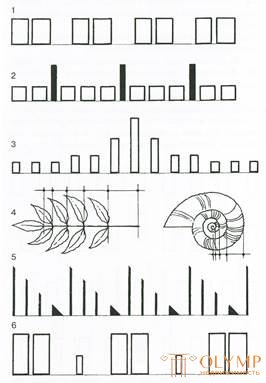
Rhythm is a regular alternation of elements in time and space. For architecture, rhythm is a means of expressing the dynamics of the processes that are organized with its help, and a means of expressing the dynamic patterns of formation of the form itself.
The simplest pattern of rhythm is the equality of forms. Order based on the repetition of equal quantities is called a meter . Examples of the use of the meter are colonnades of ancient Greek temples - peripters, modern urban houses, the buildings of which are made up of identical sections, hotels, schools, etc., where the partition of the internal space into the same room is expressed by the uniformity of the windows and walls between them on the facades.
The organization of vast urban spaces can be subordinated to the metric order. A typical example of it is the so-called “lower-case development” —the repetition of identical houses at equal distances, the repetition of identical blocks formed by a rectangular grid (modern cities of the USA).
The most commonly used in the architectural composition of a kind of rhythm - the alternation of elements, rhythmic range. It can be discontinuous, consisting of active elements, alternating with intervals, or formed by elements that are directly adjacent to one another.

Figure 25 - Types of intervals between objects and divisions:
1,2 - metric rows;
3,4 - rhythmic;
5,6 - metric
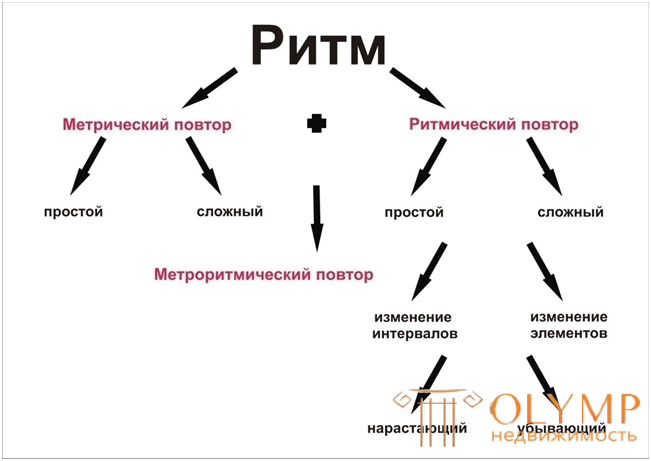

Figure 26 - Types of rhythm: 1 - metric rows with and without intervals; 2 - metric rows with alternating elements of two types; 3 - metric series with alternating unequal intervals between equal elements; 4 - metric series with alternating unequal elements and unequal intervals; 5 - rhythmic rows of equal elements, repeating at increasing intervals, and a rhythmic series with increasing elements at equal intervals; 6 - rhythmic rows with increasing values of forms and intervals; 7 - rhythmic series formed by a combination of metric series; 8 - rhythmic series formed by the imposition of two
metric rows
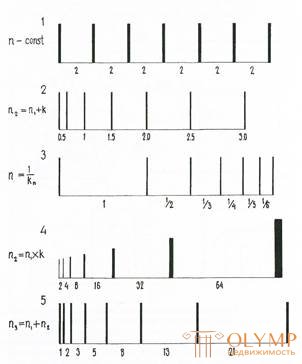 Figure 27 - Metric series used in architectural divisions:
Figure 27 - Metric series used in architectural divisions:
1 - simple row;
2 - arithmetic progression;
3 - harmonic progression;
4 - geometric progression (with an increase in the interval, height and massiveness of elements);
5 - Fibonacci series
Complex metric series
A meter is qualitatively enriched if not one, but several equal intervals are repeated in parallel: a, b, c. In this case, one period t is found , which forms the metric basis of repetition (Fig. 27).

Figure 28 - Complex metric series

Figure 29 - Rhythm Development Scheme
A different nature of the complication of the interval is manifested in the case when it changes quantitatively in a certain ratio. In the above scheme, the interval between the forms is consistently doubled. Such a pattern cannot be called metric, and it is already defined as rhythmic.
The interval of the rhythmic series does not have to be an empty space. The value of the accent or interval form receives, depending on its role in the composition. So, the walls between the windows on a smooth wall are perceived as intervals, however, for example, the walls with columns are already perceived as rhythmic accents, and openings as intervals between them.
The rhythmic series can be built on a mathematically correct ratio of the values of neighboring elements. Such a pattern is characteristic of extended rows; it can be traced both in the whole system and in fragments. In compositions that can be immediately captured by the eye, patterns are often used that cannot be expressed in mathematical form.
The pattern of building a rhythmic series should be clearly perceived - this is the main requirement for it. This pattern can be based not only on the size and sequence of elements - such properties as plasticity, texture, color can be subordinated to the rhythmic organization.
The rhythm can be simple, based on the repetition of the same form, or complex, based on the repetition of groups of forms. Complex rows can also be formed by a combination of several simple rows. Inside the rhythmic system it is possible, for example, to form metric rows; rhythmic series may occur when two metric overlap with a different number of elements.
Rhythmic changes in individual form properties
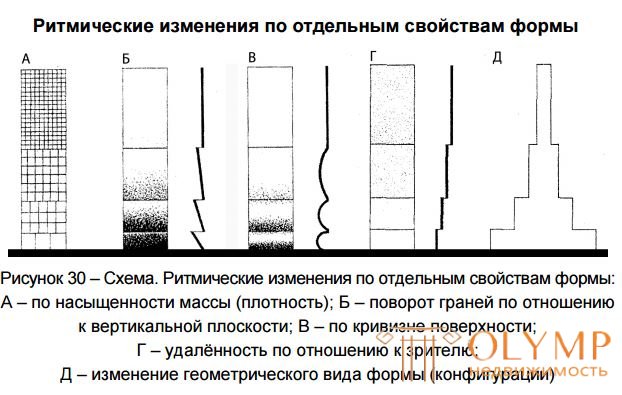
Figure 30 - Scheme. Rhythmic changes in individual form properties:
A - according to mass saturation (density); B - rotation of faces with respect to the vertical plane; B - on the surface curvature; G - distance in relation to the viewer;
D - change the geometric form of the form (configuration)
The development of expressive rhythmic systems has its quantitative limits. The unity of the law of rhythmic change can manifest itself in the alternation of at least three elements. Identical forms begin to form in a metric series, when there are at least four of them, - three forms are perceived only as independent units. The feeling of independence of the elements that make up the series is finally overcome when there are at least 5-7 of them.
The extension of the series increases its expressiveness, the rhythm has a stronger effect on emotions.
!!! There is, however, a maximum limit to the development of a series, determined by the possibilities of perception. Excessive length of his tires (!). The feeling of oppressive monotony increases especially quickly when the rhythmic order is simple and its accents are active. This can be seen in the example of some modern buildings - administrative buildings and multi-storey residential buildings, the composition of which is based on the simplest types of rhythm.
To remove the feeling of monotony, use the method of stopping the series, violation of the continuous sequence of its series. Violation of the rhythm patterns, as well as symmetry violation, involuntarily attracts attention, creates an alarming, disturbing effect. This is not so much a means to overcome the monotony, as a means of achieving the "sharpness" of the composition.
In order for the composition to have perfection, the rhythmic series forming it must be stopped, completed. This purpose is served by the condensation of the elements of the row at the corners of the volume. A calm meter of the facade of a residential building can be restrained by the expansion of the extreme walls. The movement of horizontal rhythmic rows is easily “extinguished” in a symmetrical composition. Movement, increasing from two opposite sides to the center or outgoing from it, is mutually balanced in the system. The development of the central part helps this. In asymmetrical compositions, rhythm, on the contrary, can serve to enhance the dynamics, directivity. Staticity, balance is achieved more easily with the use of calm metric systems, dynamics - with rhythmic rows with extreme contrast of the ratio of elements.
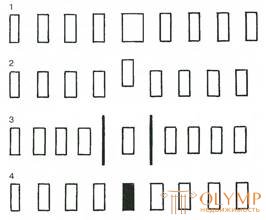
Figure 31 - Methods of emphasizing one of the elements of the series: 1 - due to the size and central location; 2 - extension from a row; 3 - by isolation, distance and auxiliary elements; 4 - color, texture

Figure 32 - Features of the visual perception of the vertical and horizontal division of the form


metric and rhythmic series
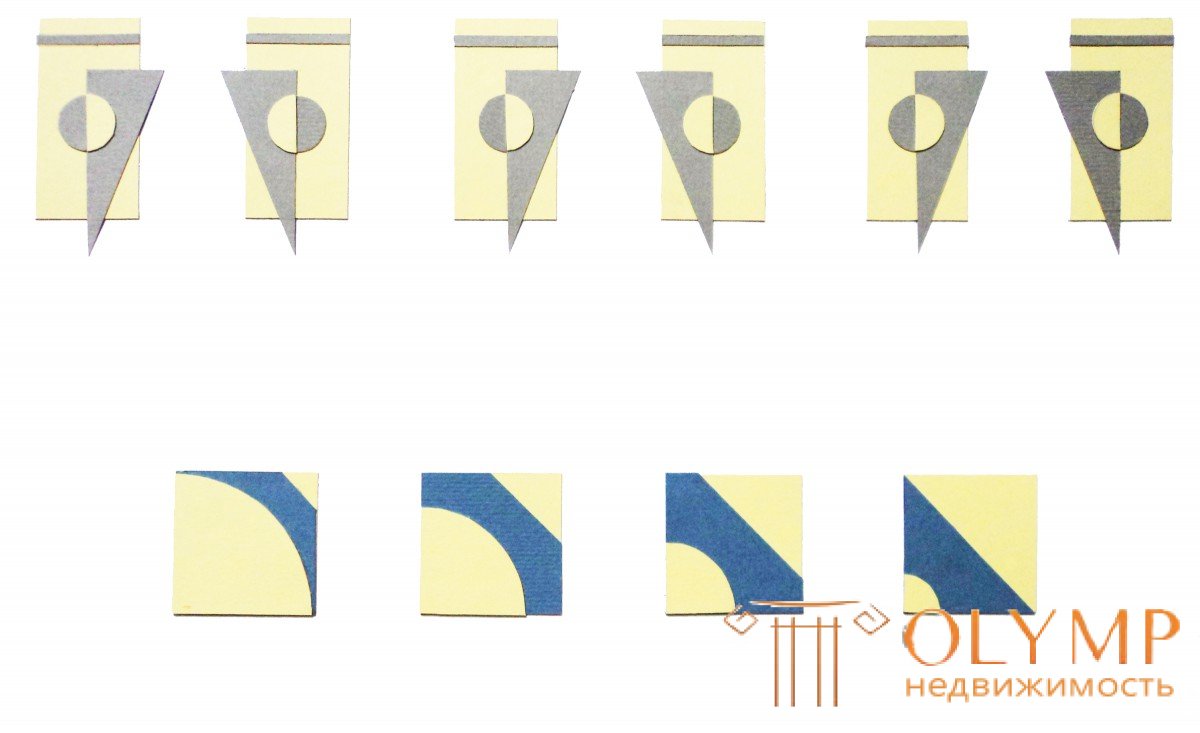
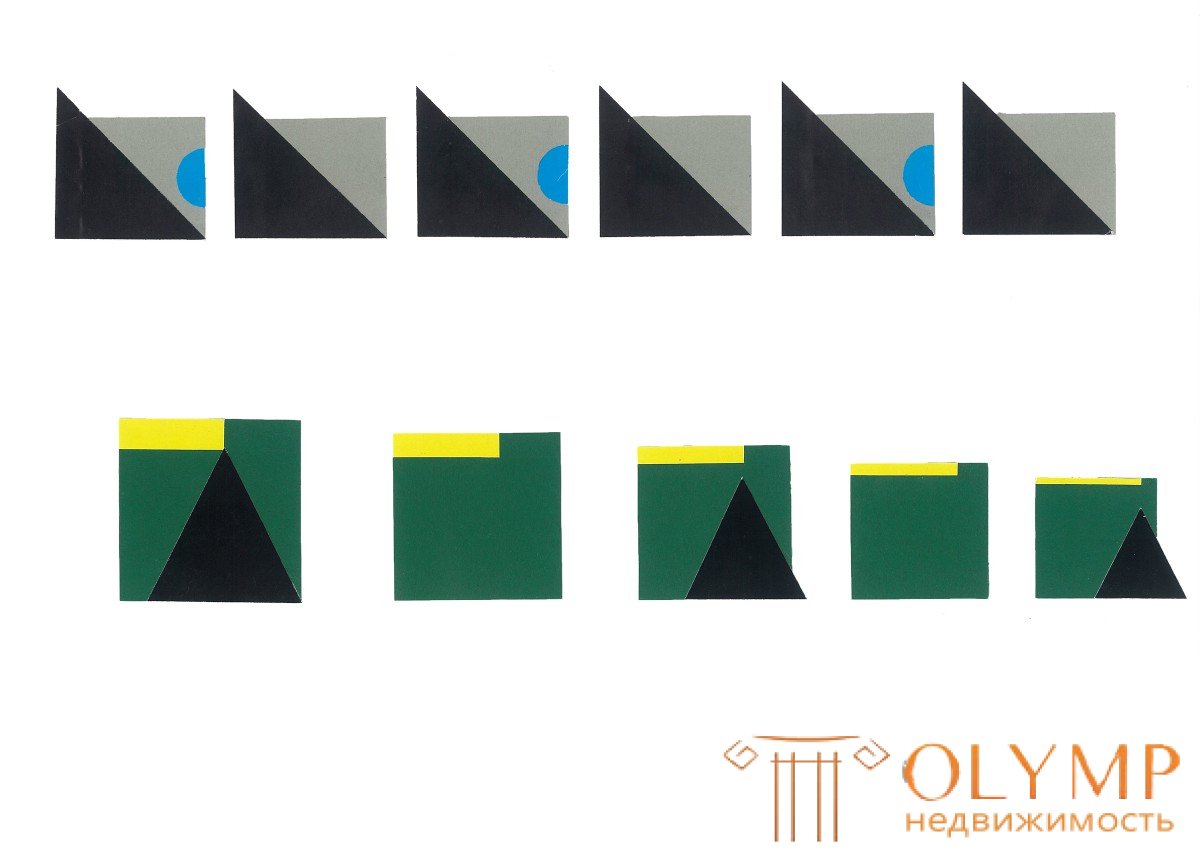
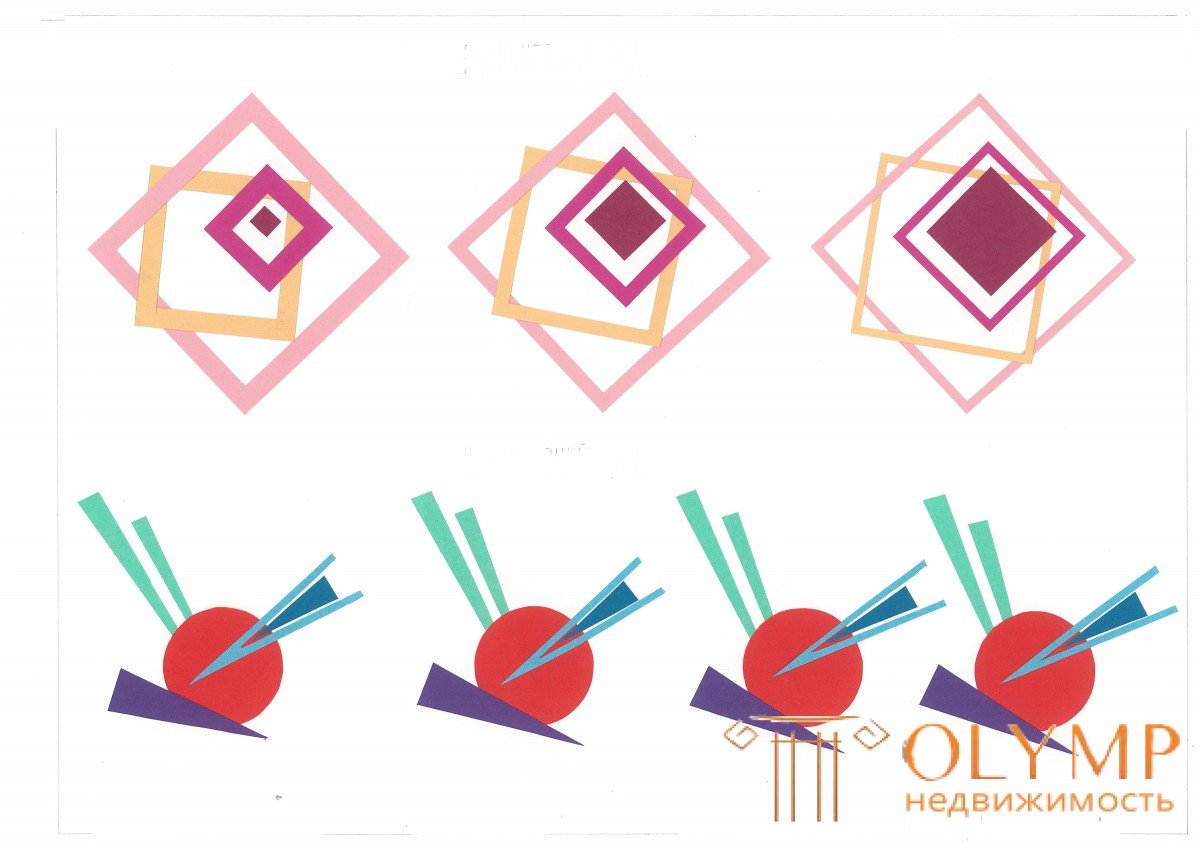
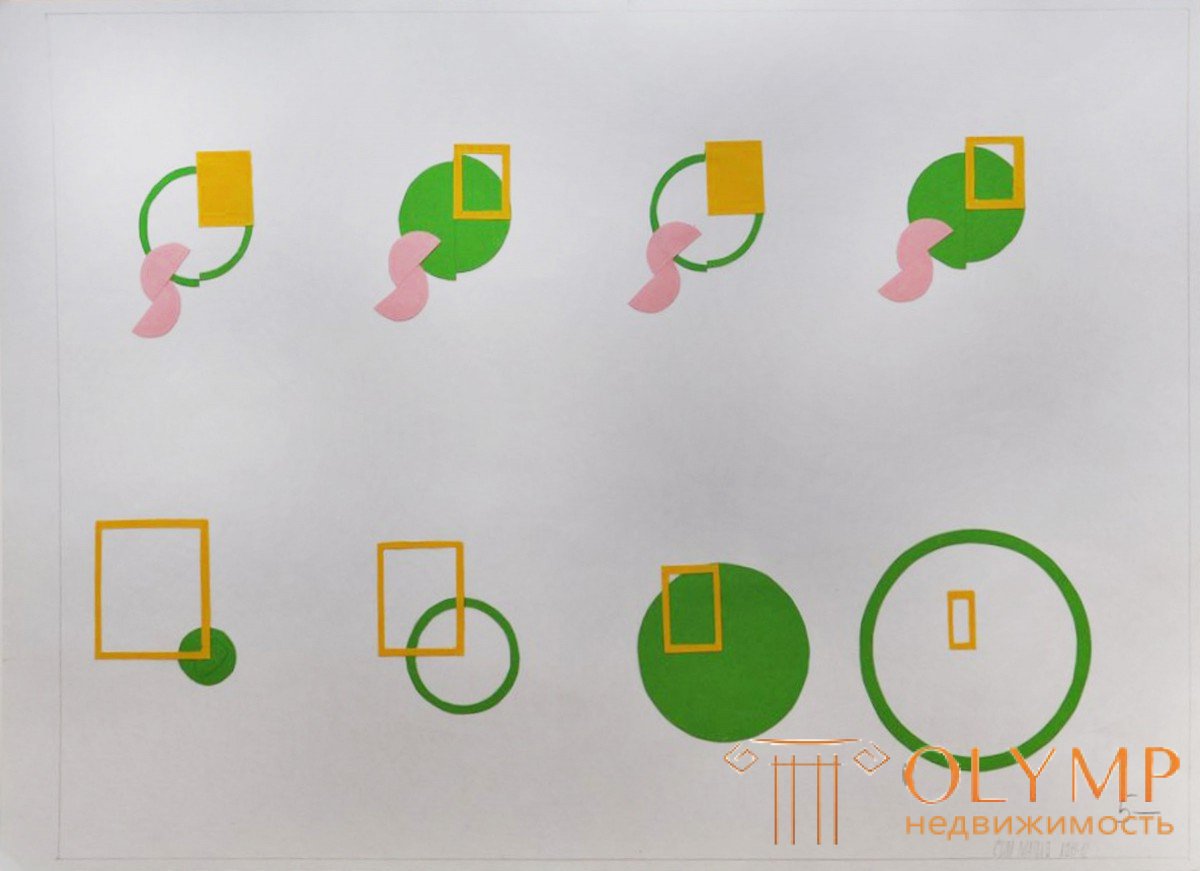
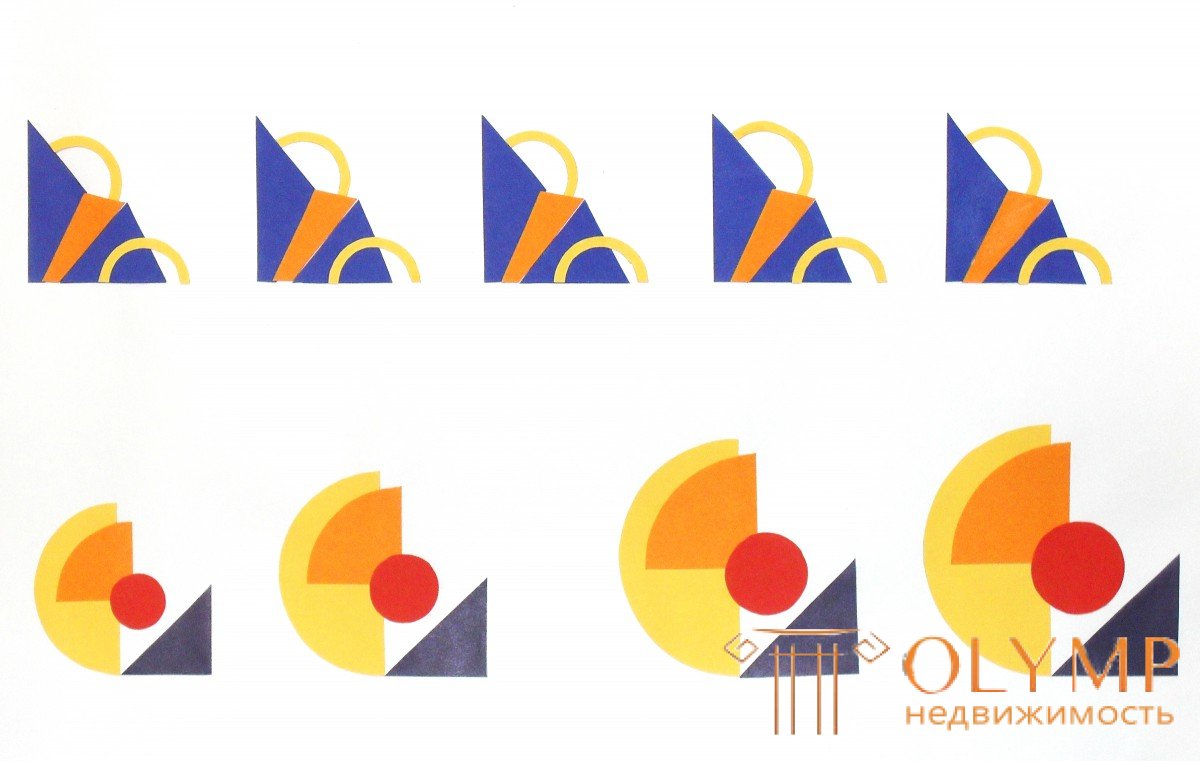
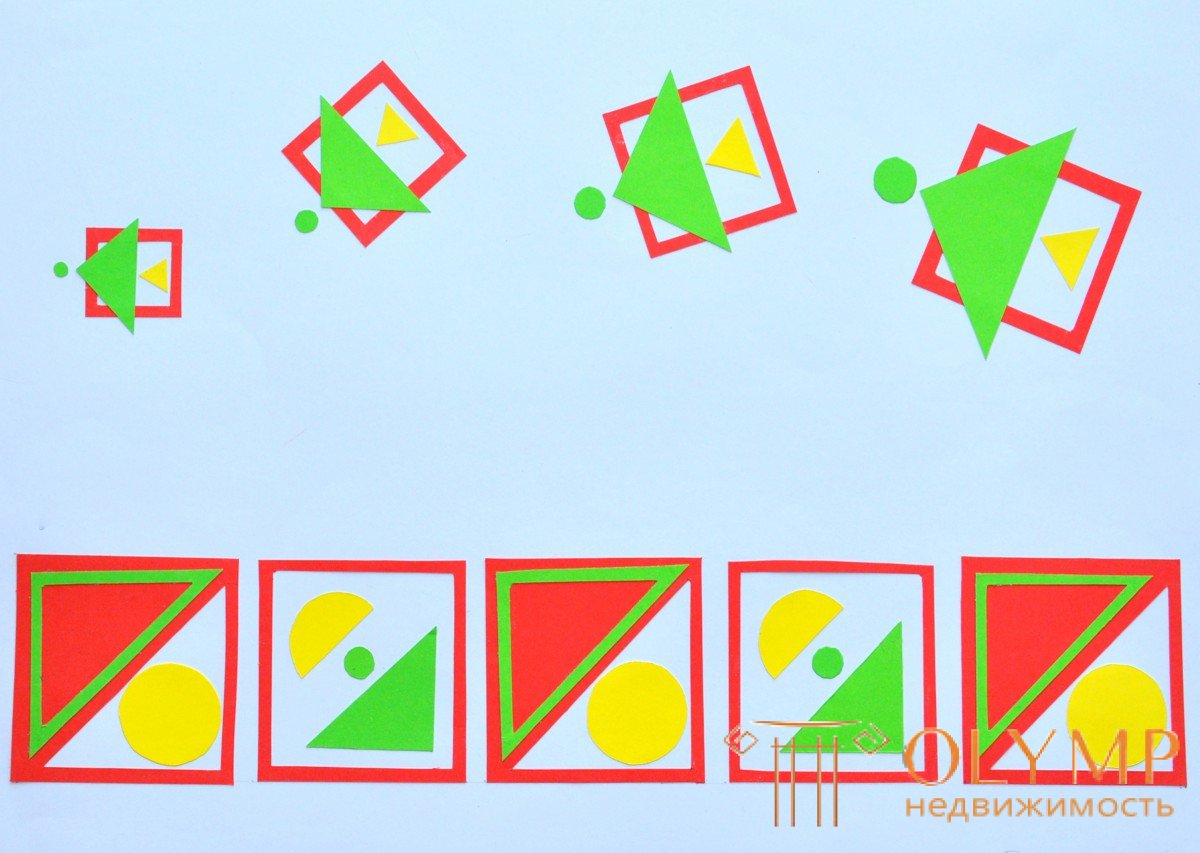
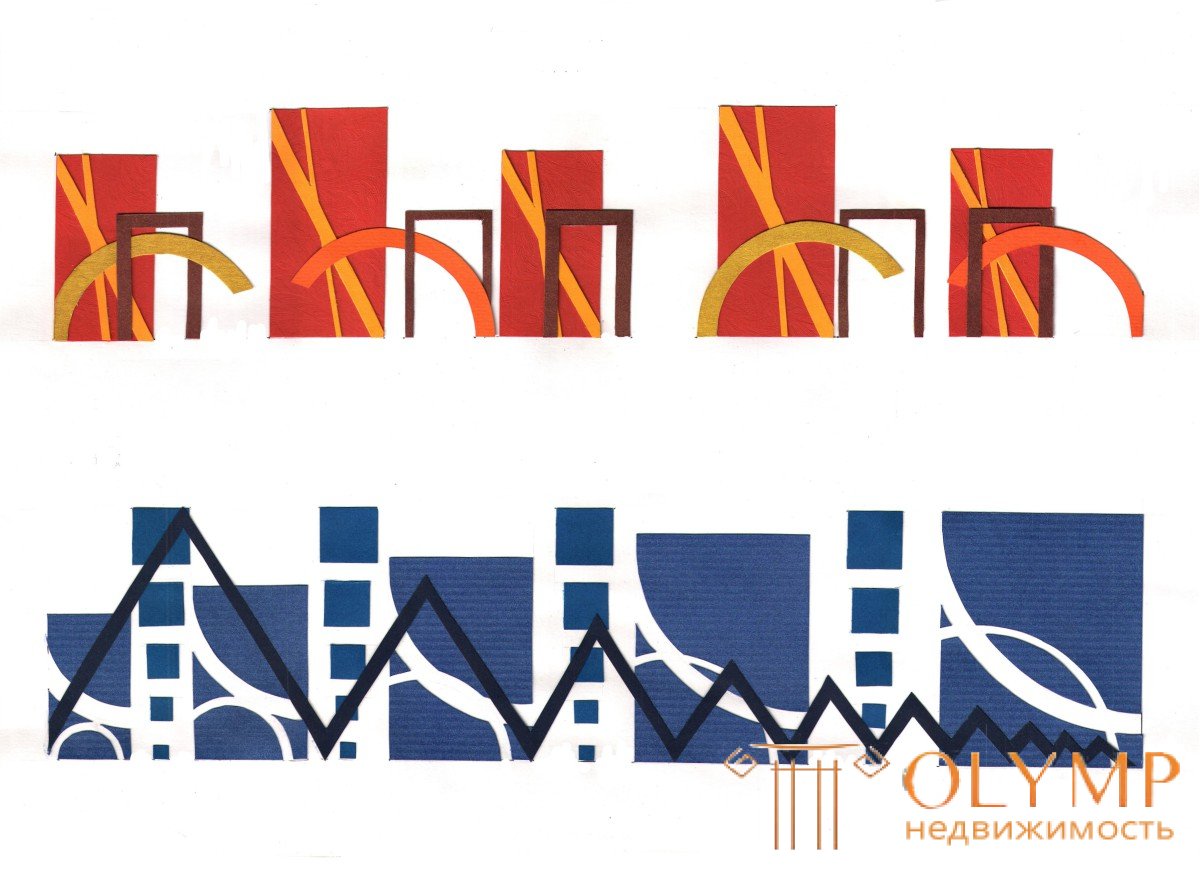
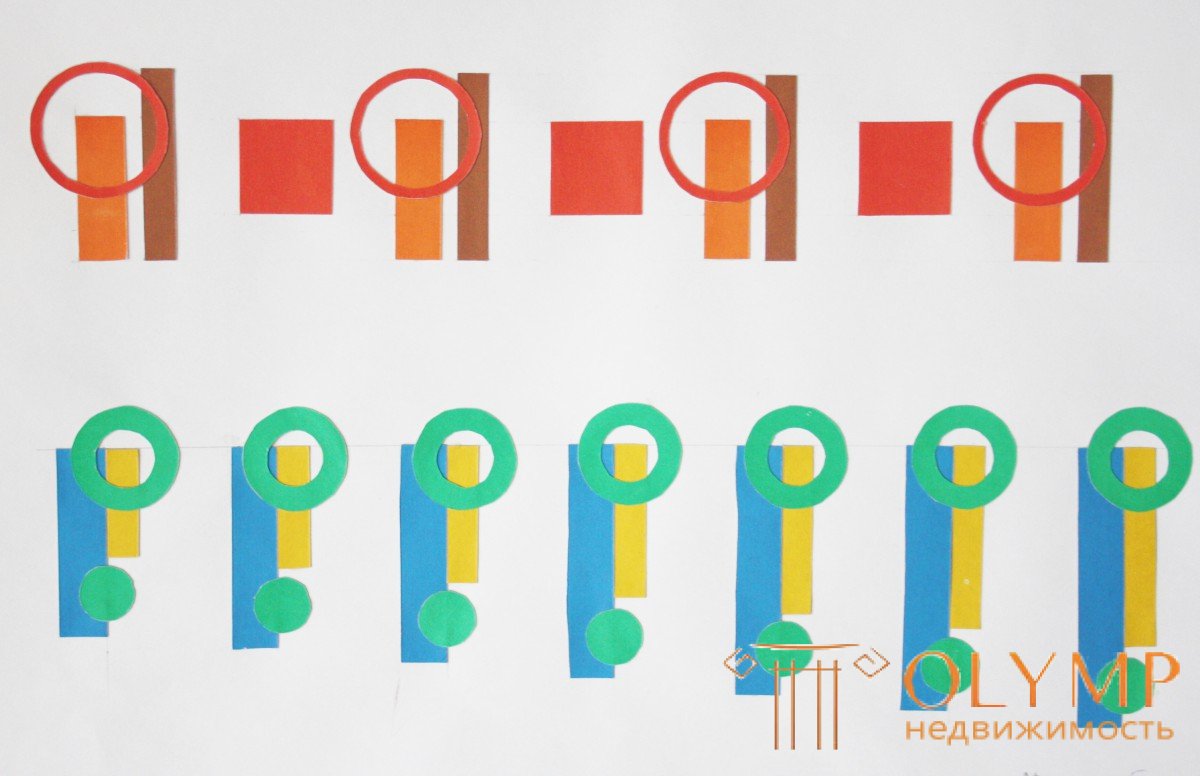

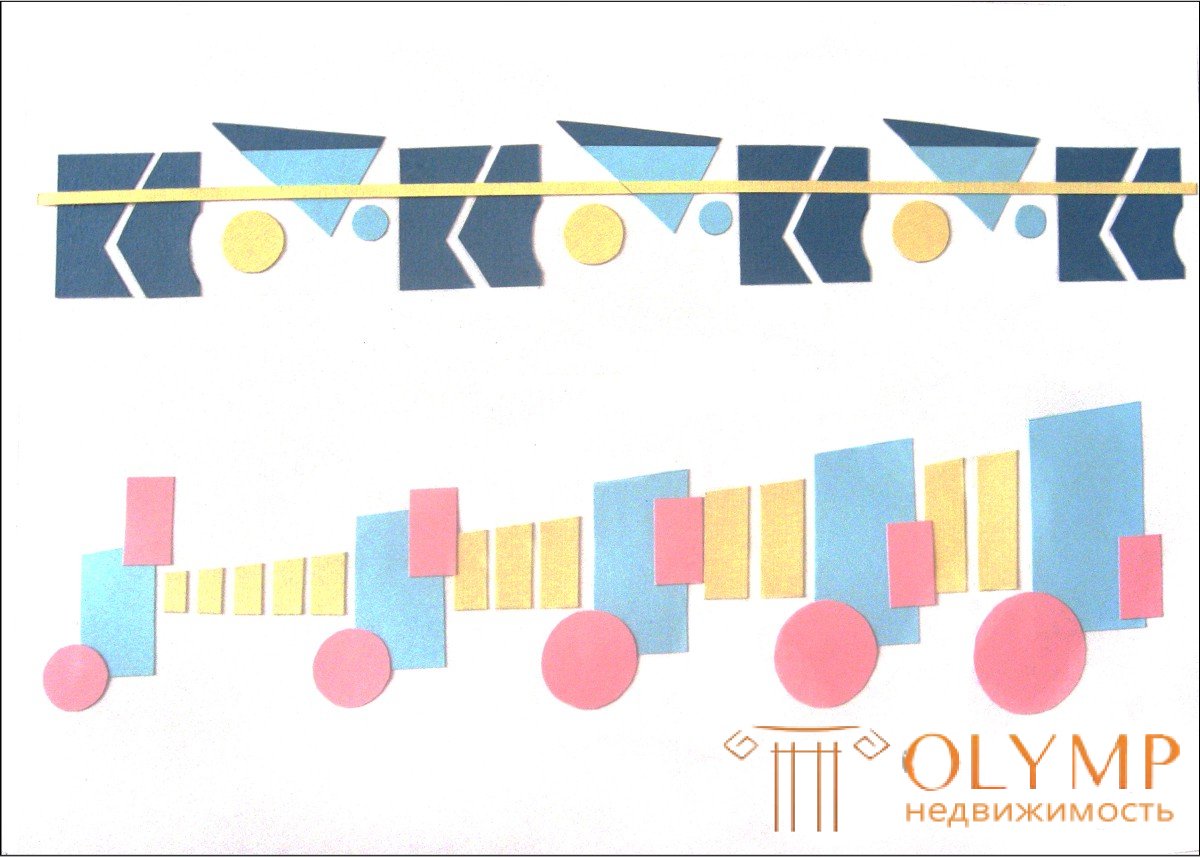
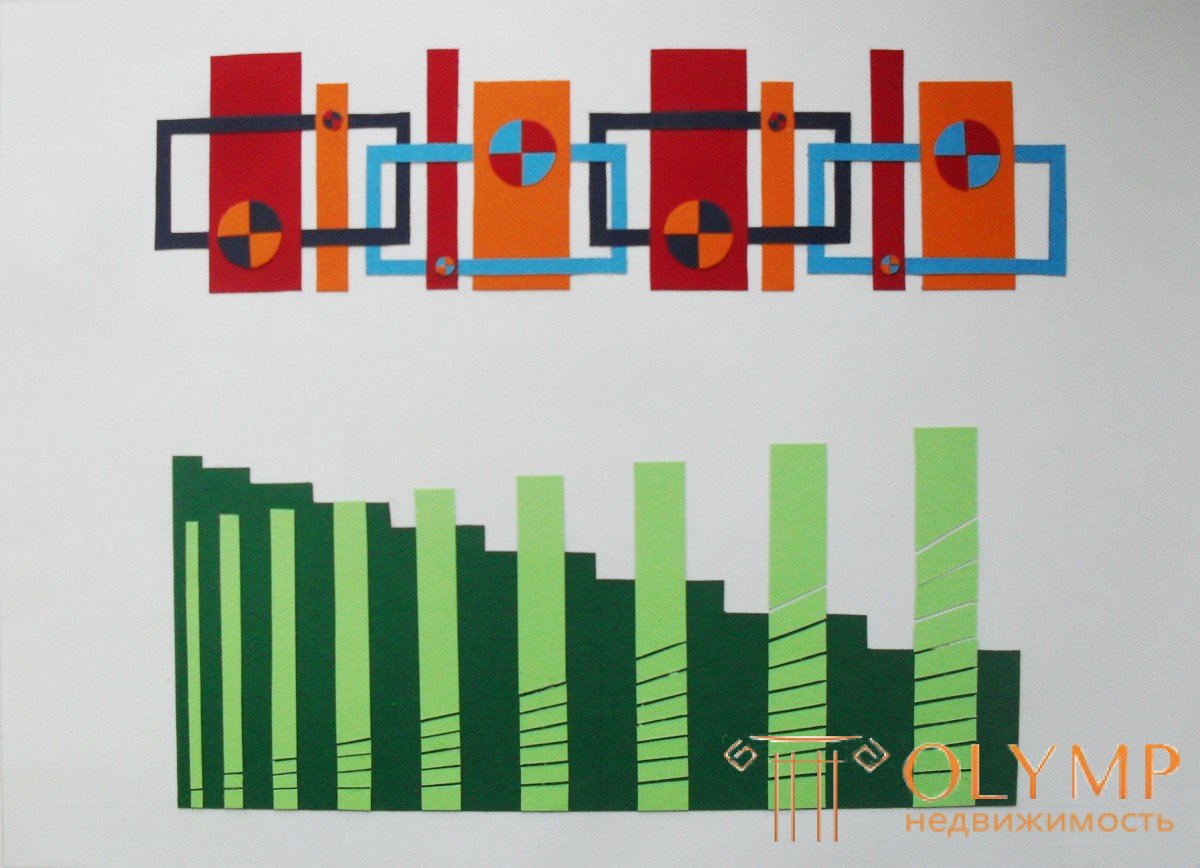
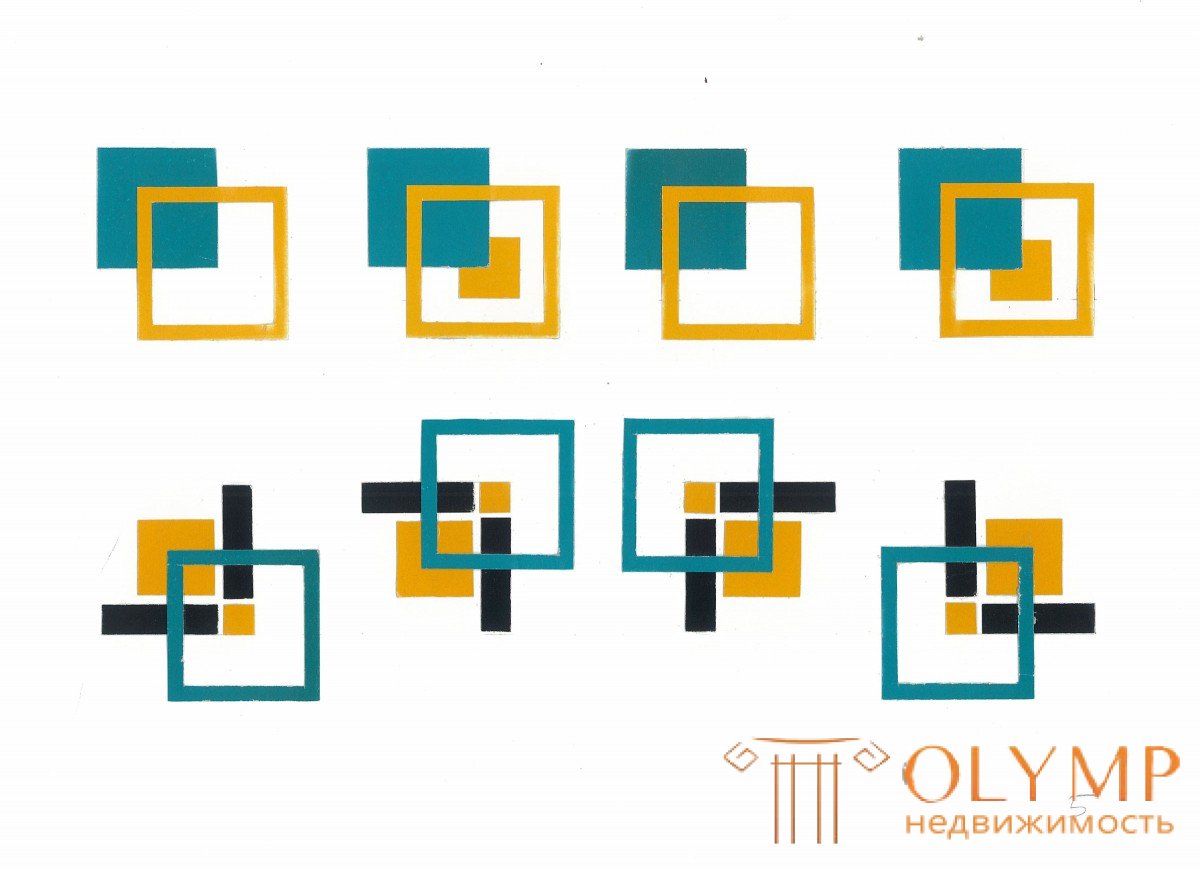
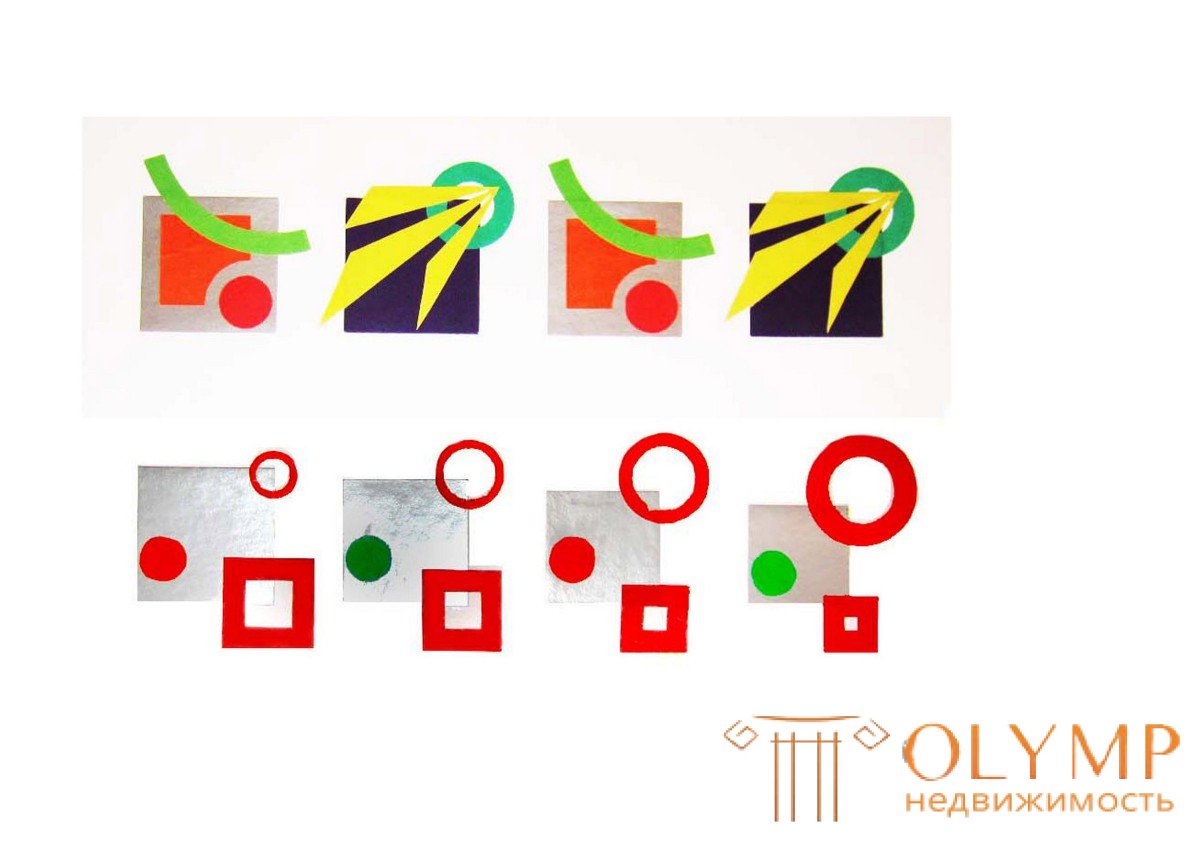
Composite modeling. Metric and rhythmic series
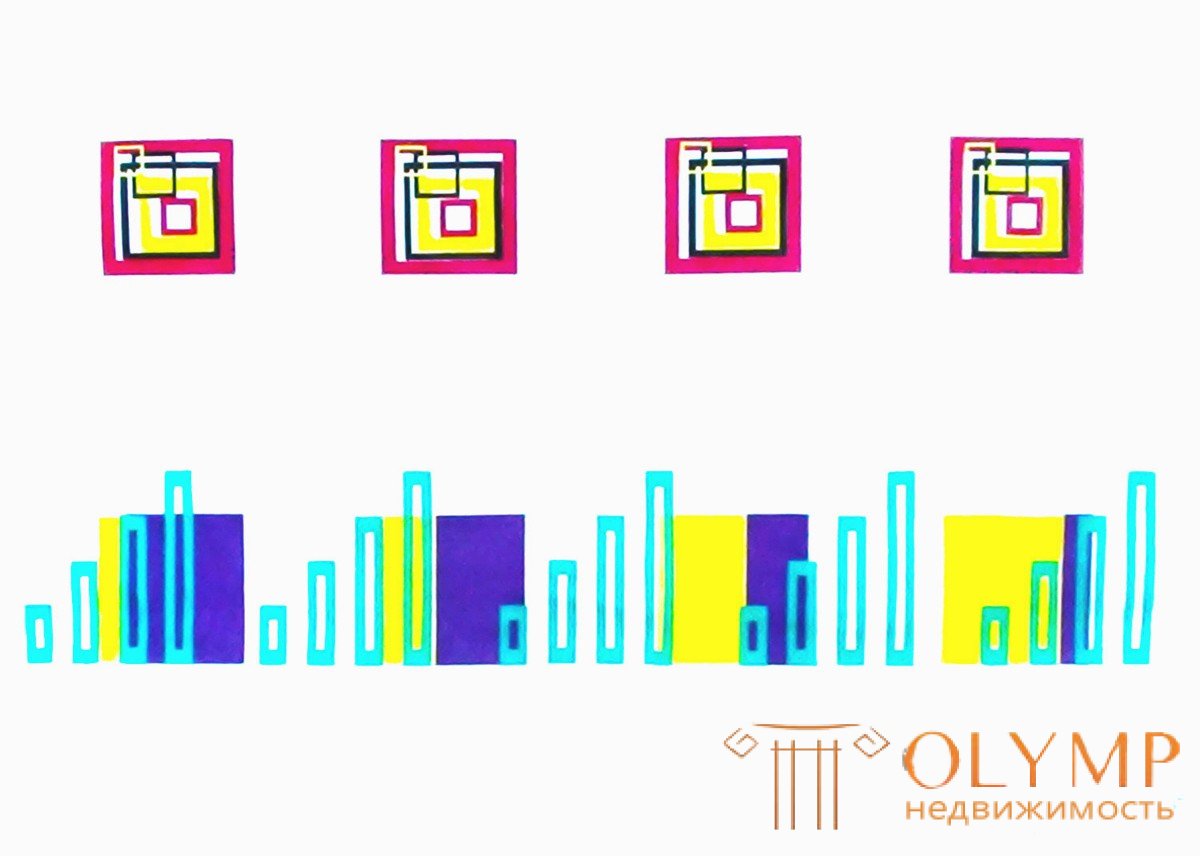
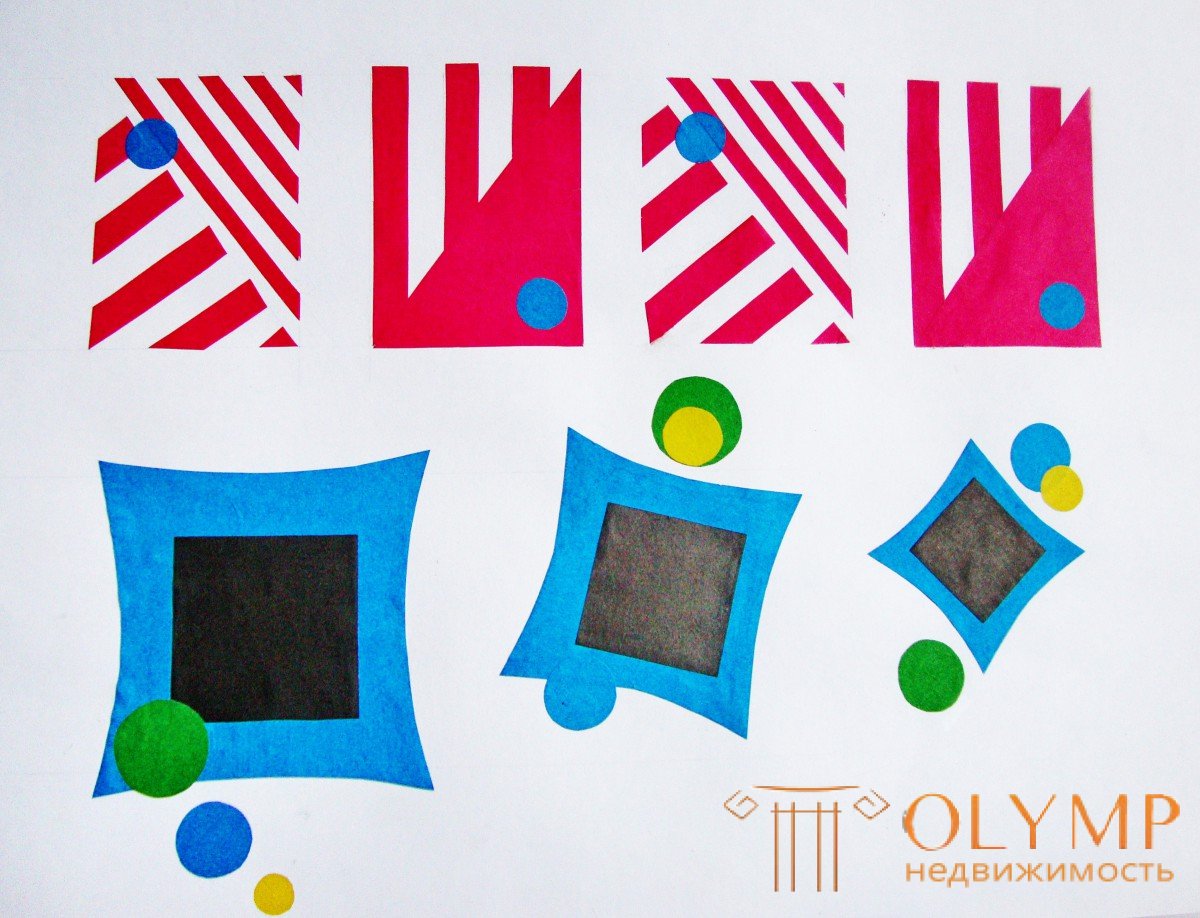
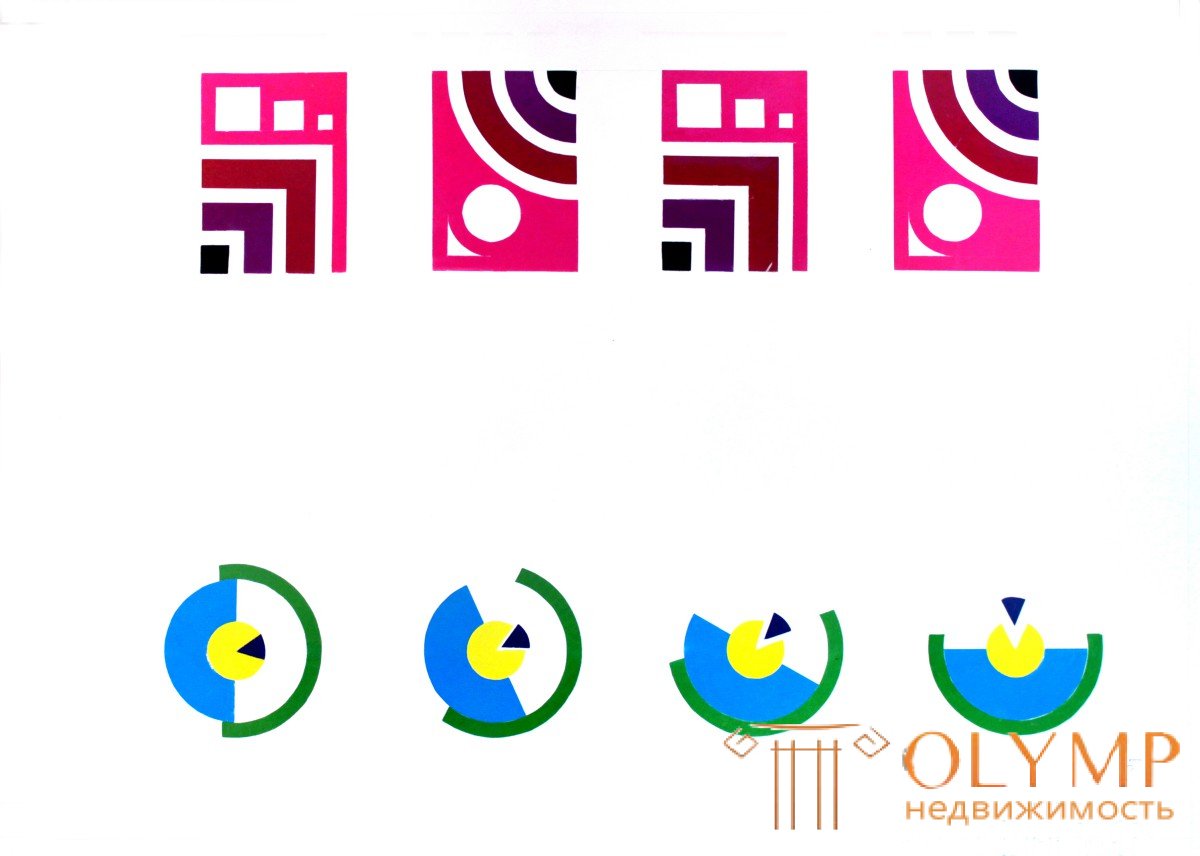

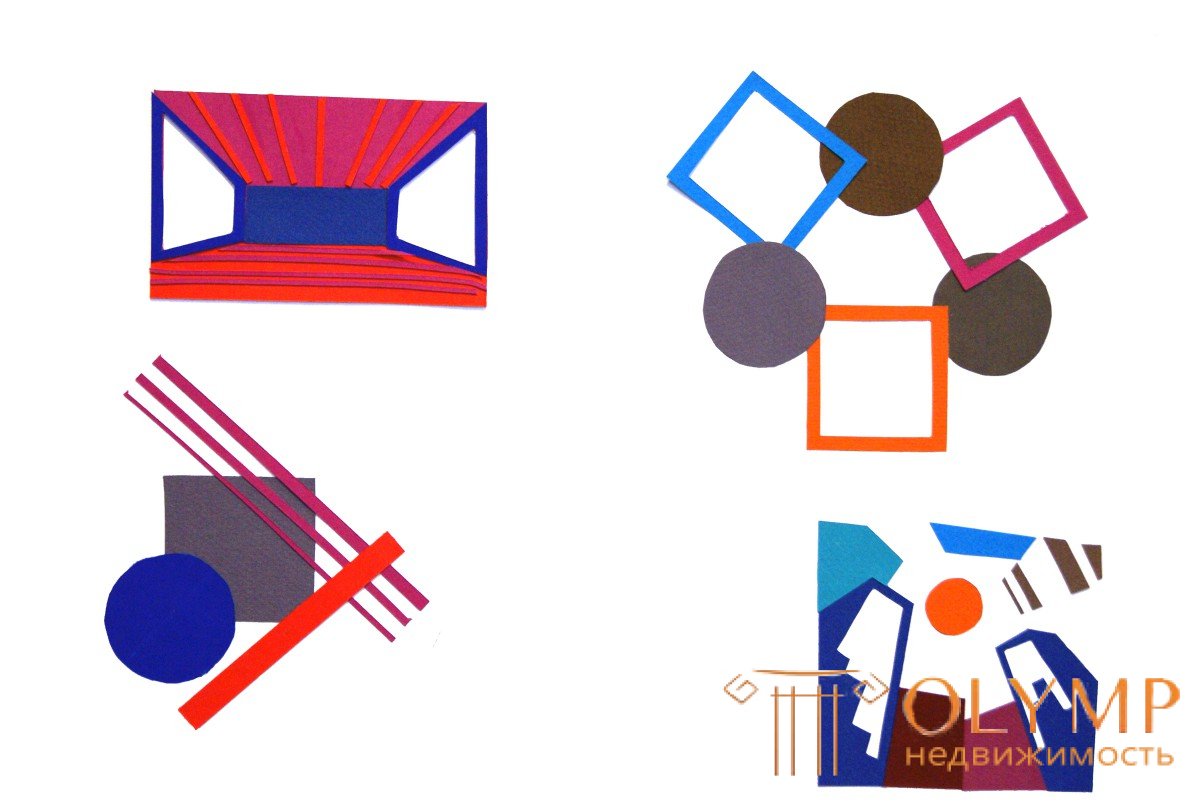
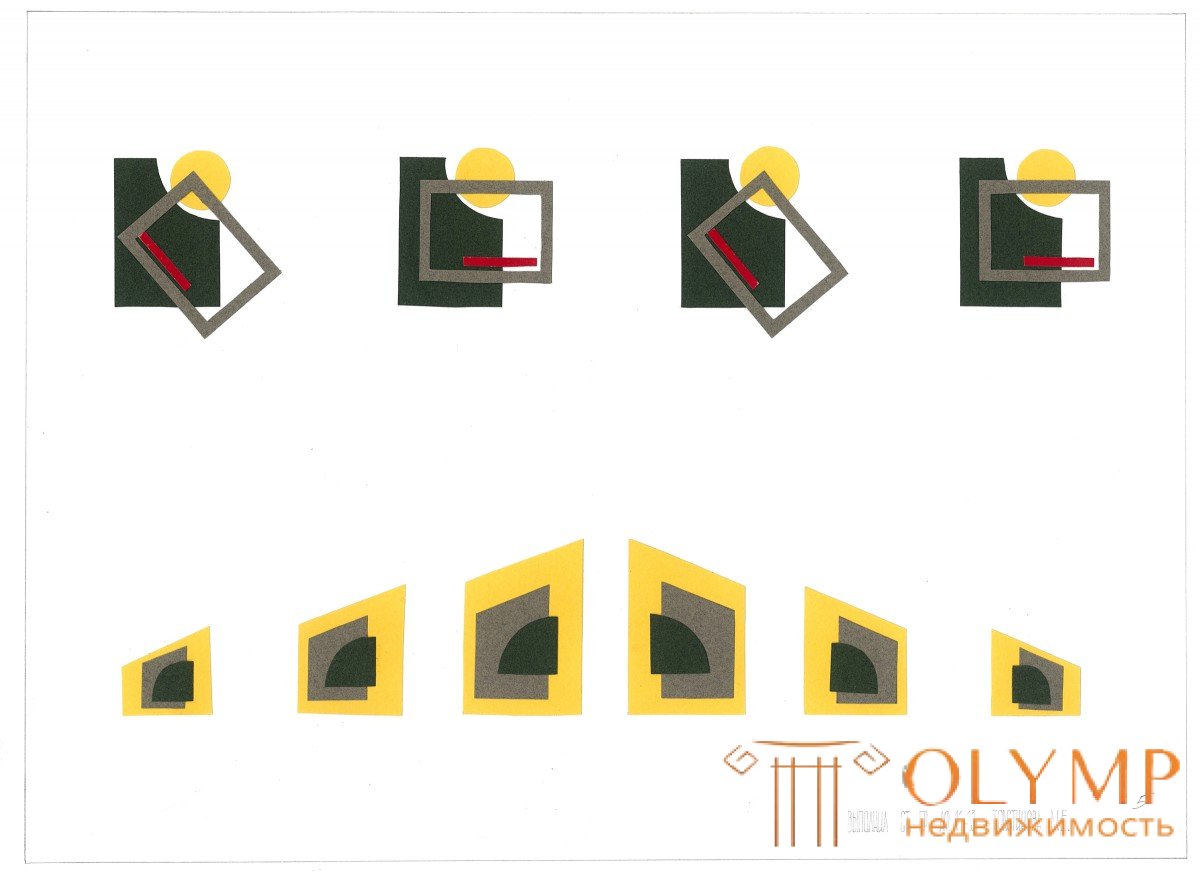
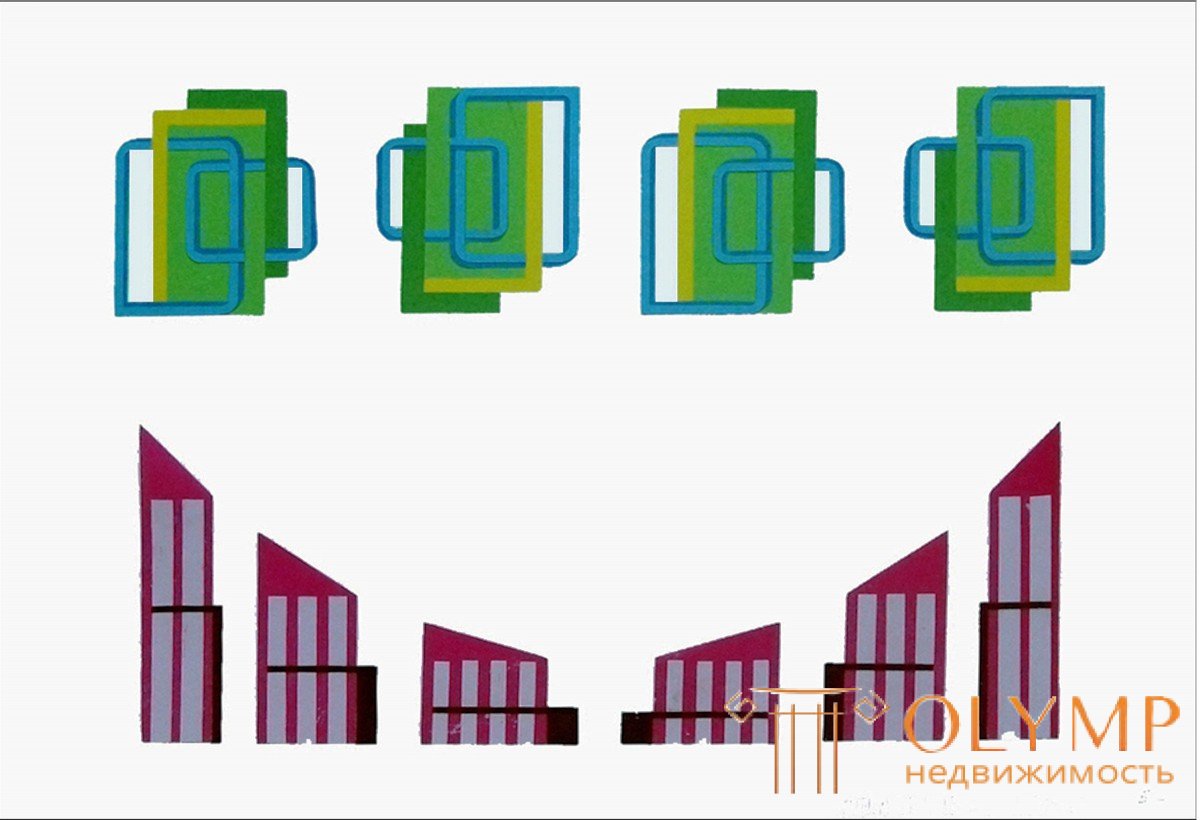
Что бы оставить комментарий войдите
Комментарии (0)